
Check out this exclusive snippet from the latest edition of the WrestleTalk Magazine. Dave Bradshaw examines the history of unionisation in wrestling, and also how it could effect the business.
To order your copy or to start a subscription, click here!
By Dave Bradshaw
Shortly before Wrestlemania 2 in 1986, Jesse ‘The Body’ Ventura suggested to his peers that they deliver an ultimatum to McMahon, insisting that he allow them to unionise or else they would collectively boycott the show. Ventura was starting to pursue a movie career at the time and says he had learned that Hollywood actors received far more in the way of royalties from video tape sales and other merchandise than WWF wrestlers did, which he wanted to correct. However, he has also claimed that his efforts to rally the locker room weren’t just about getting more money from Vince – at the time he and other wrestlers were each paying around $5000 per year for health insurance (a huge sum in those days) and he believed he could get a significantly better deal from insurance companies if they negotiated a group discount. McMahon quickly found out about the locker room speech and apparently reacted angrily but in any case Ventura was about to leave the company to appear in the Arnold Schwarzenegger film Predator, after which he gained all the benefits of a union by joining the Screen Actors Guild so did not pursue the matter with his fellow wrestlers any further. A few years later he successfully sued the WWF for unpaid royalties from his video tape appearances, which is why his commentary has been removed from many WWE home video releases in the years since.
Another legal challenge to WWE came in 2008, at a time when it was still trying to repair its public image after the negative coverage that followed the Benoit tragedy. Wrestlers Scott ‘Raven’ Levy, Chris ‘Kanyon’ Klucsarits and Mike Sanders – all of whom had worked for the company a few years earlier – claimed that they were owed compensation for being wrongly classified as independent contractors. Attorneys for WWE quickly moved to have the case dismissed on the basis that any lawsuits of this kind must be filed within six years of the alleged offence, and these contracts had all been signed more than six years ago. The presiding judge agreed and dismissed the claim on that basis, meaning that the case never really got as far as discussing the rights and wrongs of how wrestlers are classified. Having said that, the written verdict also referenced the fact that the wrestlers had freely entered into a contract with the company on the basis of being independent contractors, suggesting that they might have had a difficult time persuading the judge of their case even if they had filed it within the six-year time limit. Undoubtedly this was a major victory for WWE and probably served as a deterrent for any other former talent who may have been considering similar action.
Nonetheless, another lawsuit was filed in 2016: this time over 50 former in-ring competitors led by Road Warrior Animal sought damages, principally for alleged brain damage suffered by each of them through concussions while wrestling, although they also attempted to take the company to task for its refusal to grant employee benefits to its wrestlers. Once again this latter part of the claim was thrown out because it referred to contracts signed more than six years ago, while the portion of the case about head injuries was dismissed in 2018 on the grounds that it could not be proved that the wrestlers’ work with WWE had been the main cause of injury in most cases, nor could the company have reasonably known about the risks posed by concussions given the medical knowledge at that time. The decisions were upheld on appeal in September 2020, coincidentally just days before Animal passed away (it is not believed that his death was related to brain injury).
None of this suggests much reason for optimism among those who would like to see wrestlers classed as employees – and remember, under American law it is only employees (rather than independent contractors) who are guaranteed the right to formally unionise. The history of labour laws and the industry dominance enjoyed by WWE are both major obstacles to progress in this area, but there are other factors at play too. For one thing, any movement for change would presumably require the support of the industry’s most influential stars to build momentum but that support is far from guaranteed. A New York Times article in 2010 noted that “wrestling culture is infused with a tough-minded individualism, and some are ambivalent about organising.” Moreover, the best-paid stars have a clear incentive to support the status quo: Ventura has claimed that it was Hulk Hogan who reported his locker room speech to Vince in 1986, at a time when Hogan was reportedly making more than the rest of the locker room combined. More recently, when John Cena was quizzed on the subject by CNN in 2007 he responded that “nobody is forcing them [wrestlers] to get into the ring” and that he thought the question of unionisation “won’t ever be answered, because I don’t think it’ll ever be asked.” There have been a few influential voices who have spoken in favour of a union, perhaps most notably Bret ‘Hitman’ Hart said in 2007 that “”I’m a big advocate for a union in wrestling… I think that any wrestler that says they don’t need a union is just a sheep that doesn’t have enough brains to know they do need a union.” While this sort of support from a retired legend may be useful, it is surely not as much of a game-changer as if Hogan had supported Ventura in ‘86 at the height of Hulkamania, or if Cena had had a different answer for CNN at a time when he was easily the biggest name in WWE.
Another problem is the unique nature of professional wrestling, which is often seen by outsiders as neither a “legitimate” sport nor as a form of entertainment on a par with television shows or movies. From the perspective of a wrestler’s bargaining power this is an important point: wrestling is not like professional sport where there is genuine competition among teams for the best athletes and where success is largely determined by their on-field performance rather than by decisions made behind the scenes (granted, there are some important exceptions – just ask former NFL quarterback Colin Kaepernick what taking a knee in support of Black Lives Matter did for his career prospects). As explained in the side bar of this article the “big four” sports leagues in the US all have powerful unions too, making the power dynamic between players and owners very different to pro wrestling. The McMahons have openly emphasised the differences between these sports and their own product, having admitted as long ago as the 1980s that wrestling was scripted entertainment rather than competitive sport, allowing WWE to avoid some of the oversight and licensing fees imposed by athletic commissions in many states. Unfortunately for wrestlers this acknowledgement has not resulted in them becoming eligible to join Ventura in the Screen Actors Guild (SAG) because membership is only possible for performers who have worked on a TV show or movie that is covered by an affiliated union. This creates a catch-22 for most wrestlers: they can only join the union if they already work in a unionised workplace, which WWE certainly is not.
TIMES MAY BE CHANGING
So is it all doom and gloom for the prospects of wrestlers being able to unionise and/or challenge their status as independent contractors? Not entirely. It is possible that the SAG may follow the lead of UK performers’ union Equity, which now allows wrestlers to become members and has taken an active interest in the industry, working with several UK independent promotions to agree codes of conduct relating to wrestlers’ rights in the workplace. This is a huge step forward, although the weaker labour laws in the US may yet make it difficult for SAG to follow suit. Meanwhile, Andrew Yang’s vow to challenge WWE on the subject is certainly significant if the Democrats win power in the election (which was still unknown at press time for this article), and more broadly a Joe Biden victory would probably improve the prospects of something approaching universal healthcare for US citizens – something that would be helpful to any wrestler who is currently uninsured. All of that being said, it is worth remembering that politicians have promised in the past to investigate WWE: during Linda McMahon’s 2010 Senate election campaign her opponents in Connecticut’s Democratic Party promised to investigate WWE’s business practices, only for the probe to fizzle out in 2011 after she had been defeated at the ballot box.
Regardless, Yang’s possible involvement is not the only reason for those seeking change to be optimistic: the formation of All Elite Wrestling last year is already showing signs of upending the industry, not least because it means wrestlers have an alternative destination if they decide WWE’s contract terms are too one-sided. It is still early days for AEW but already it is clear that Tony Khan’s approach to managing talent is different to Vince McMahon’s: some of AEW’s wrestlers are full employees with all of the associated benefits, while those who are classified as independent contractors are generally permitted to work elsewhere. Chris Jericho recently explained on his podcast that one major difference between the two companies is that AEW pays for its talent’s travel expenses including fuel and hotel costs, which is something he says he never experienced in WWE. And yes, you guessed it: AEW talent have been allowed to make money from Twitch and Cameo on the side without interference.
This is not to suggest that the issue is as binary as AEW being “good” and WWE being “bad” when it comes to looking after its wrestlers. WWE matches AEW in routinely paying for its talent’s medical bills, especially if those bills are for injuries that happened in the ring, and there is no doubt that some wrestlers have achieved riches beyond their wildest dreams by working for Vince McMahon. Meanwhile, for all of its progressive early steps AEW management has thus far been ambivalent about the plausibility of full unionisation for its talent, and the company has faced criticism in some quarters recently for its safety protocols after two high-profile matches continued despite potentially dangerous injuries suffered by participants mid-contest. Those issues notwithstanding, there are signs that the debate about wrestlers’ welfare has been rejuvenated both by the renewed political attention on the industry and by the existence of a new competitor to WWE which seems to have its talent’s well-being at the heart of its mission. Will this result in real systemic change within the pro wrestling industry or simply be another false dawn? That remains to be seen…
You also click on the Magazine cover below to get your copy.
What are your thoughts on the above story? Let us know in the comments on Twitter or Facebook.
Trending
- Two Free Agents Potentially Joining AEW Update
- Netflix Announces Significant Change Ahead Of WWE Raw Deal
- Former WWE Stars Make Surprise Debut In Unique Promotion
- Former WWE Star Expected To Be Returning To The Company
- WWE Star Undergoes Surgery Following Injury
- Former WWE Name To Work With AEW
- Seth Rollins Spotted For First Time Since WWE WrestleMania 40
- Planned Members For New WWE Faction Confirmed
- WWE Star Addresses His Real Age
- WWE Star Responds To Character Being Called A ‘Waste Of Time’



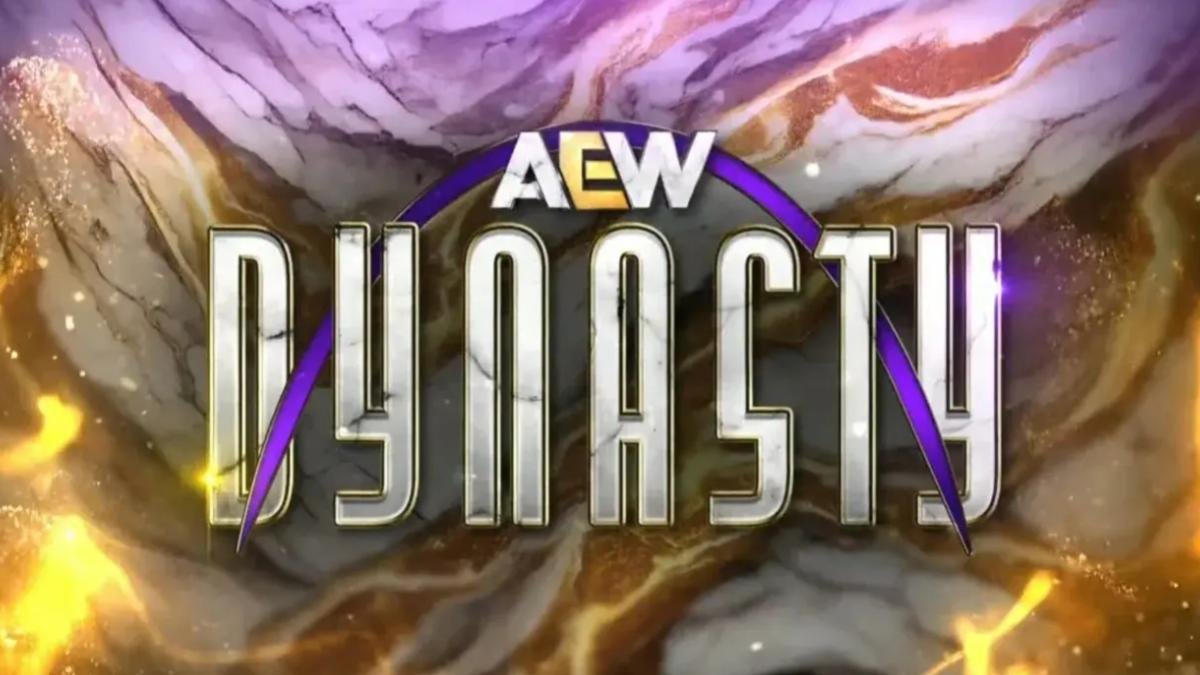
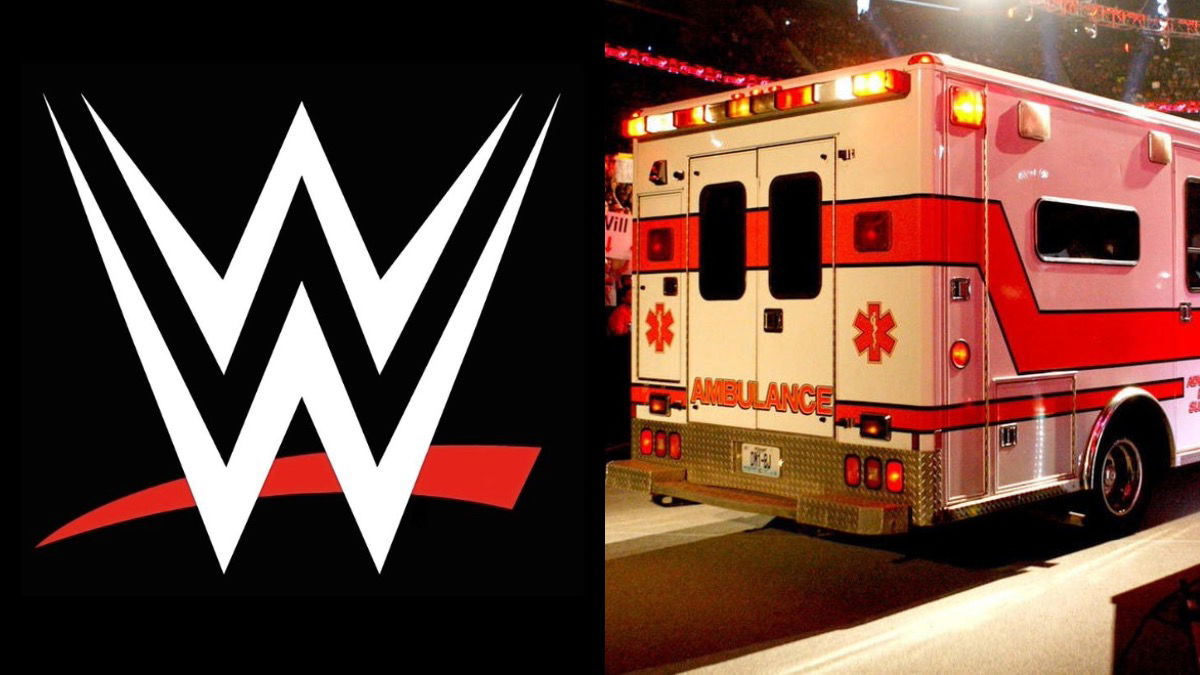

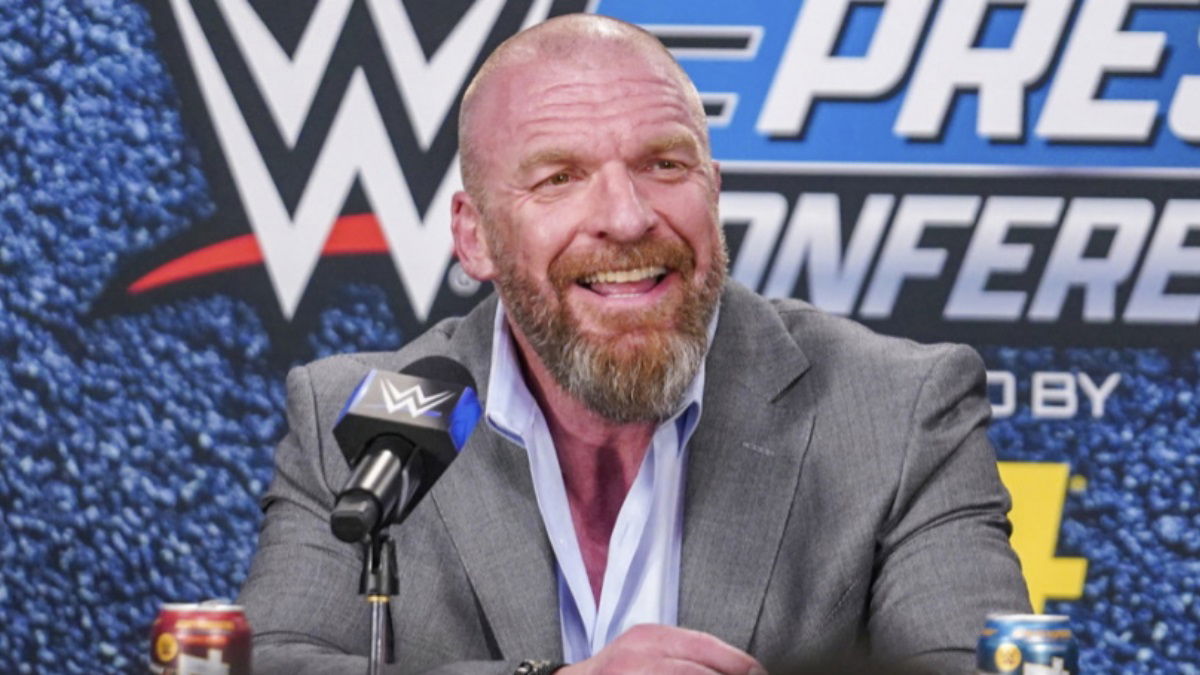
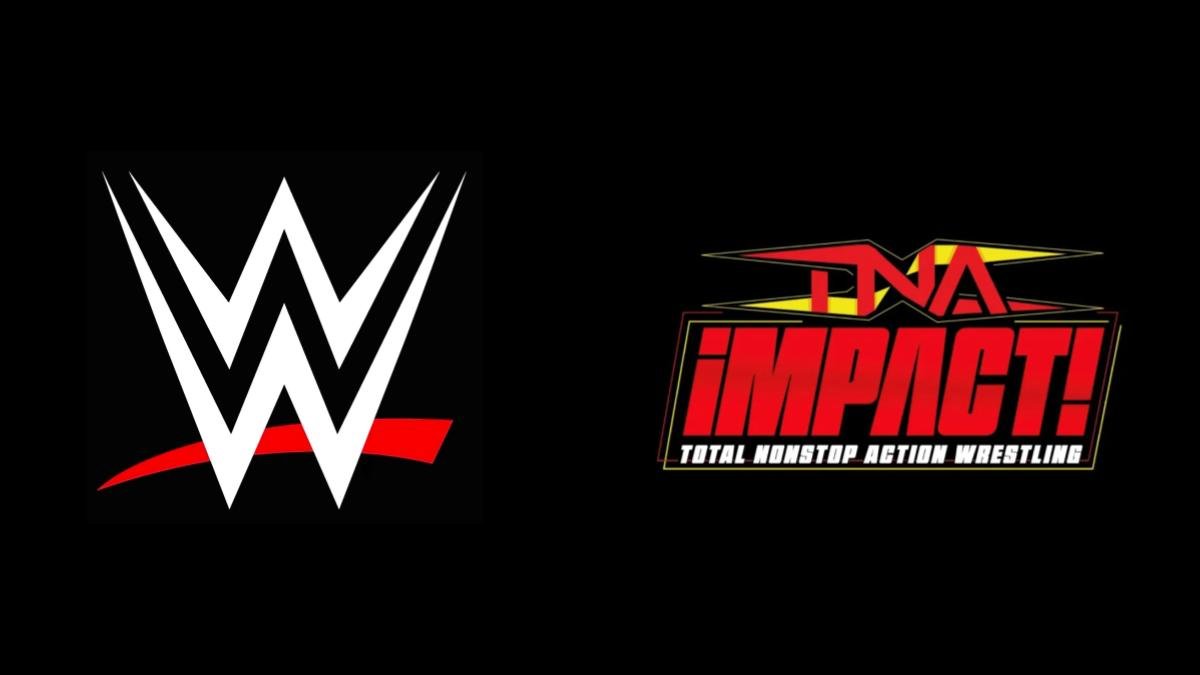

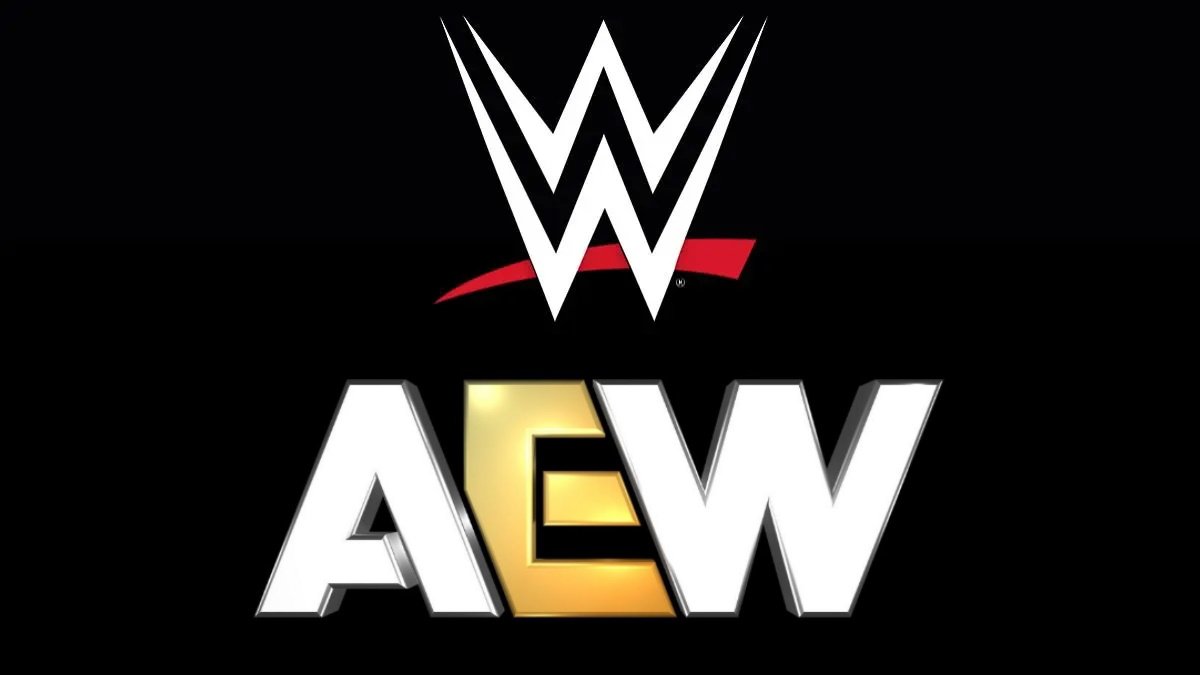
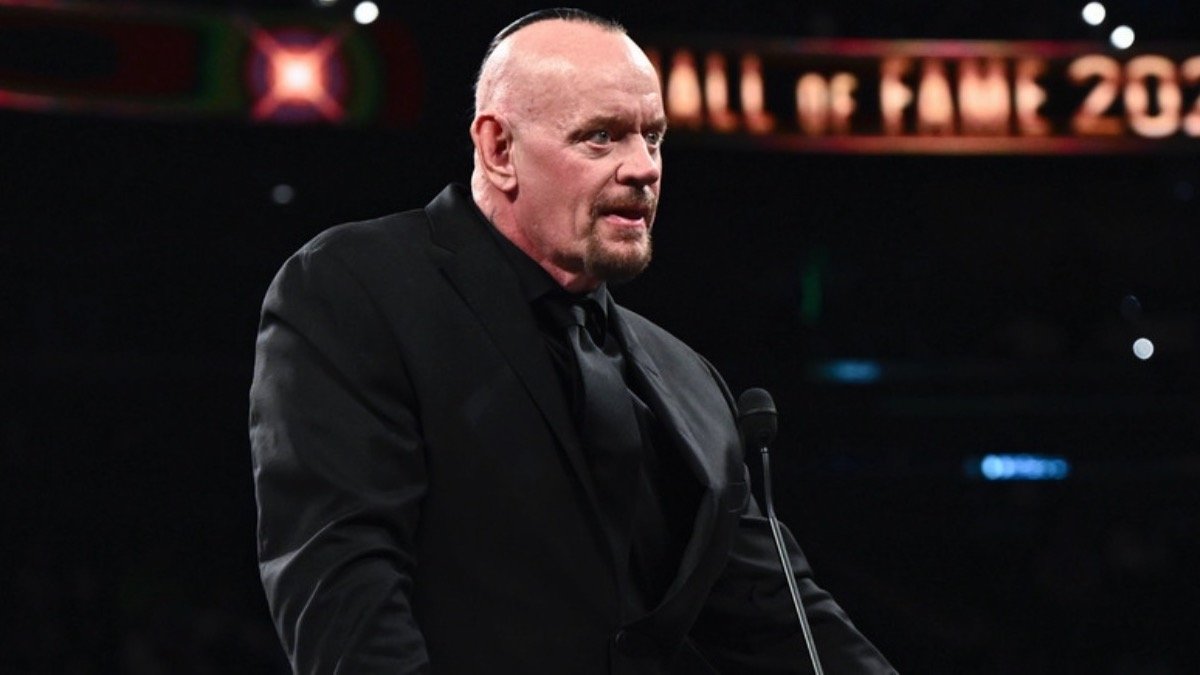
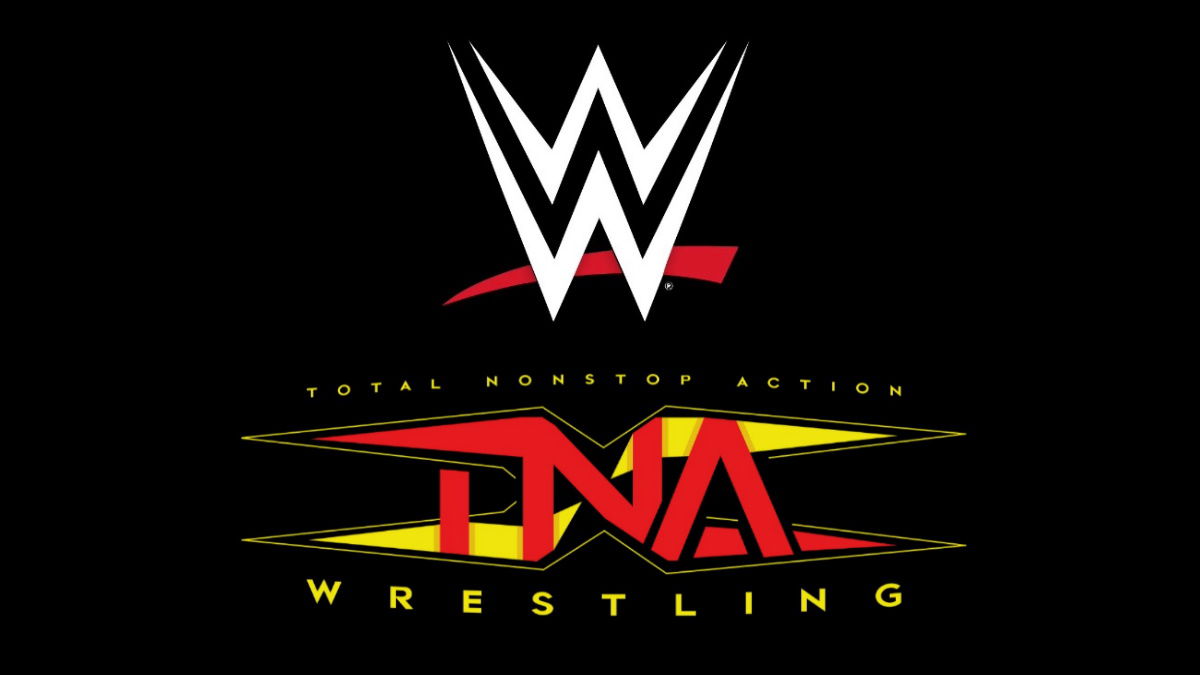
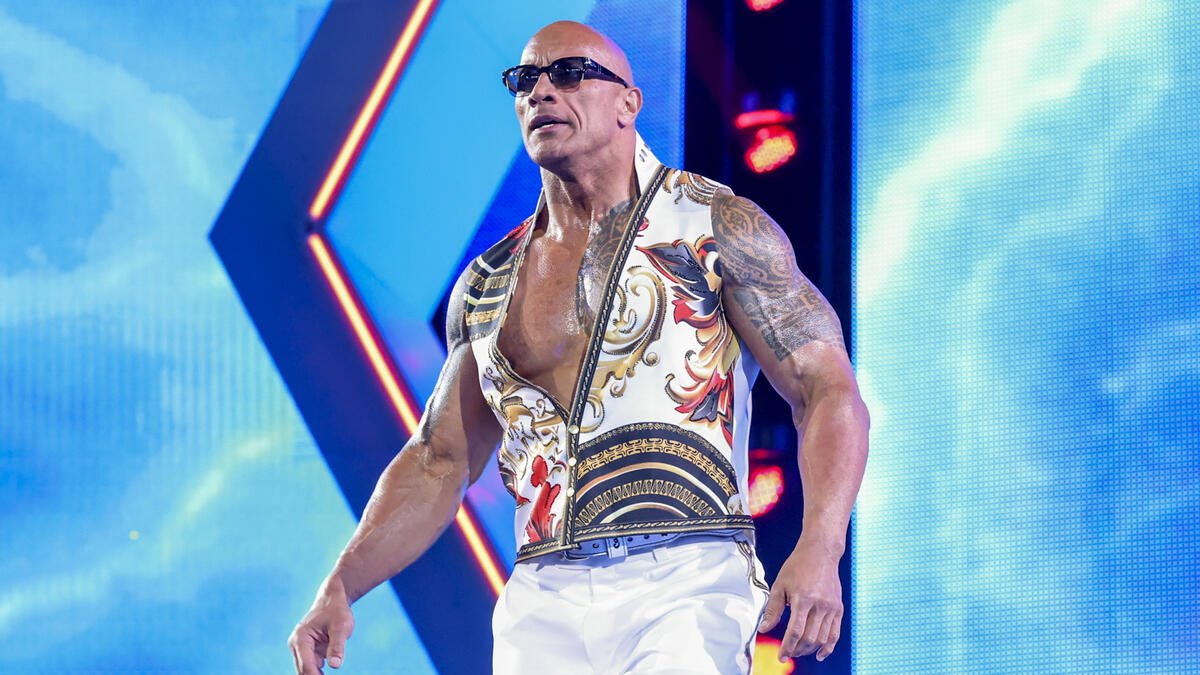

 mailing list
mailing list